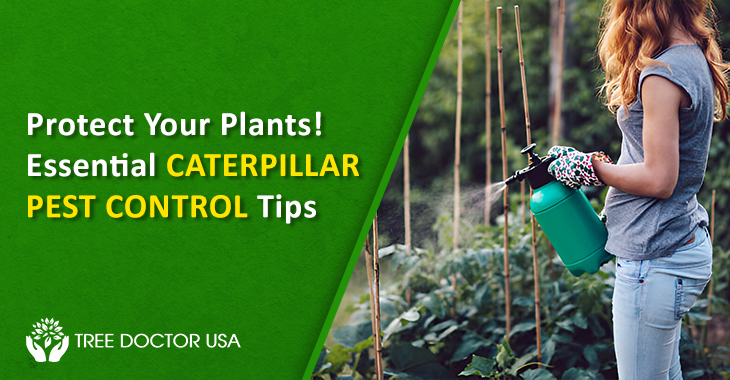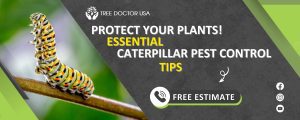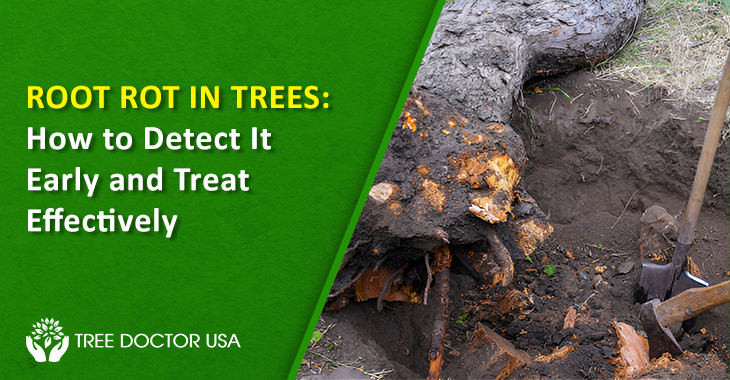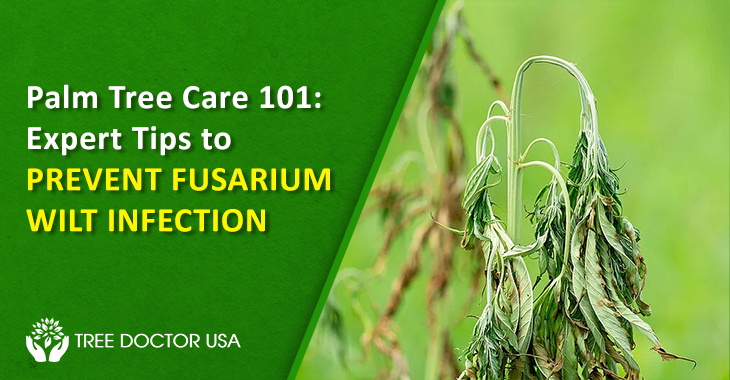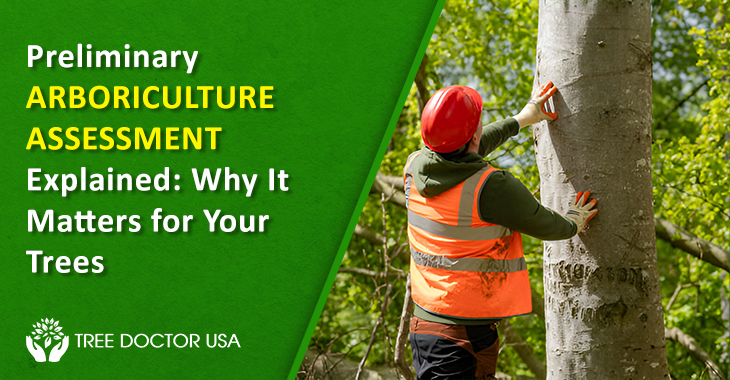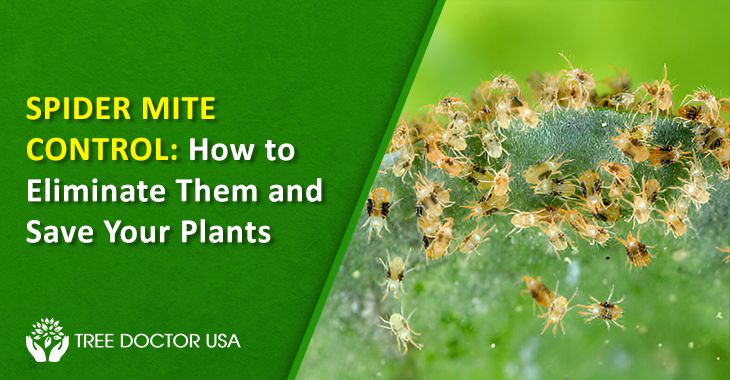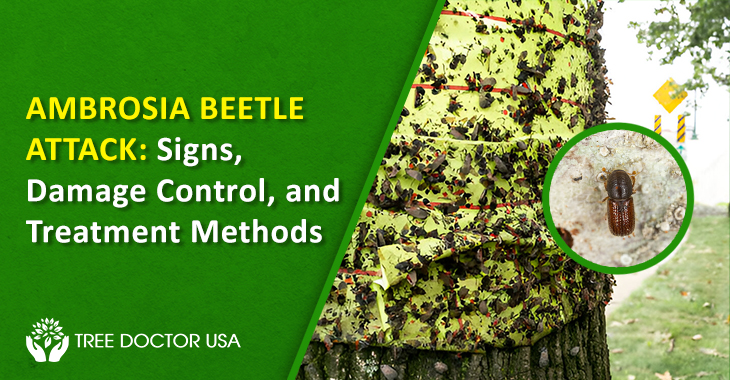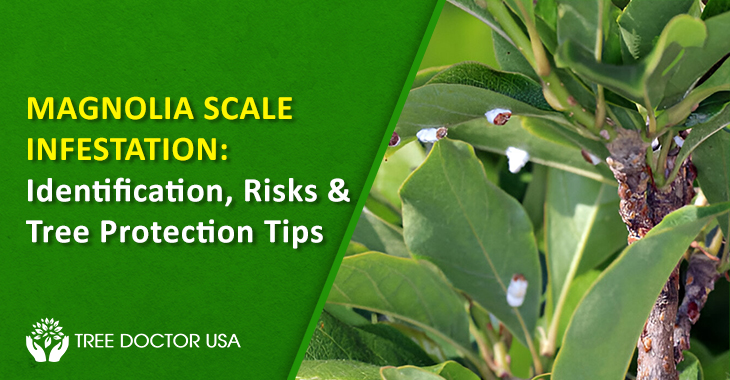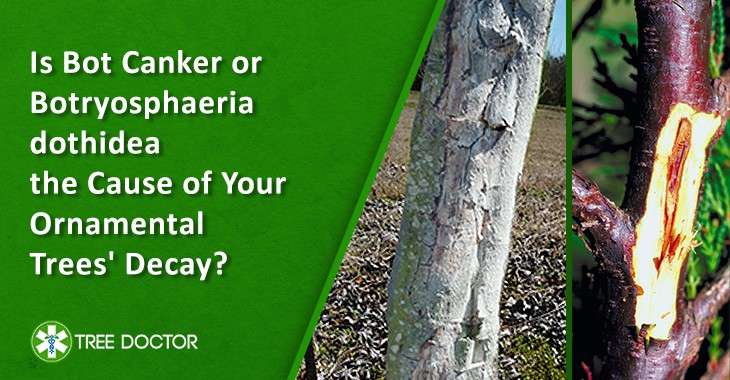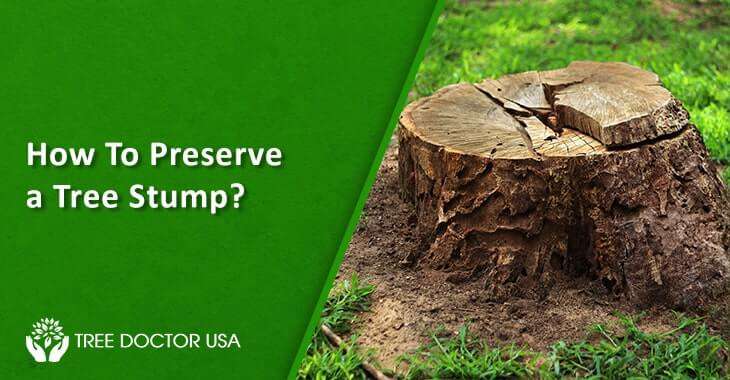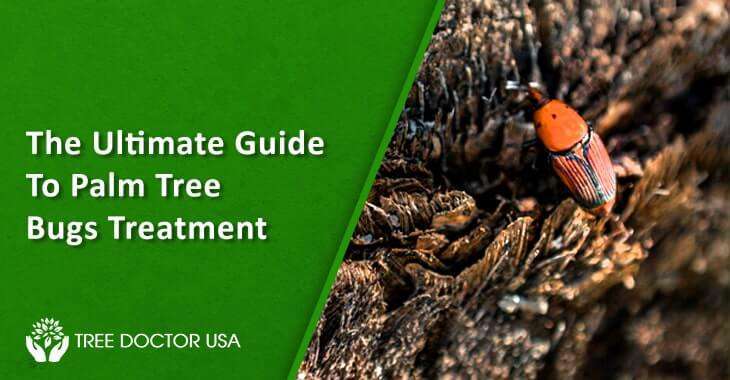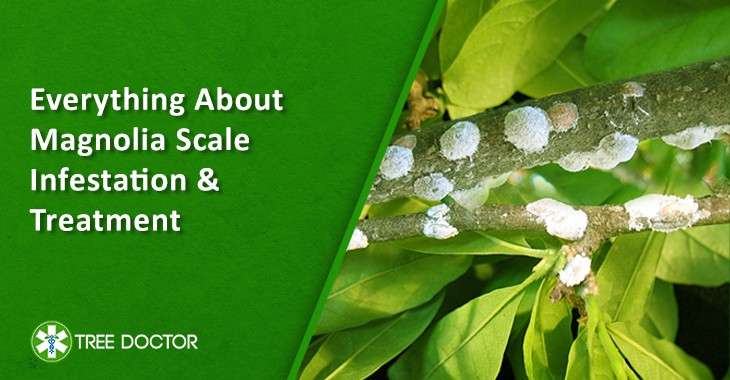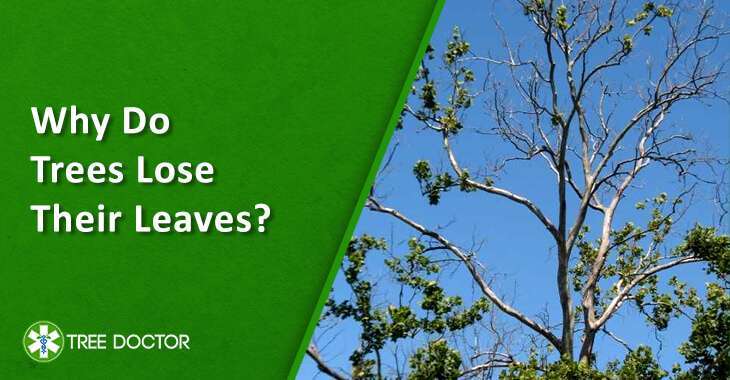Protect Your Plants! Essential Caterpillar Pest Control Tips
Caterpillars might seem small and cute, but they have a surprising talent that one does not appreciate much. These crawly creatures are big eaters and are known to disrupt the beauty of your garden. Result: Your beautiful garden can become a mess! Early detection is key, i.e., regular inspection and prevention measures. Keeping an eye out and taking early steps are the best ways for gardeners to protect their plants from caterpillar damage. This blog elaborates on the best caterpillar pest control tips. Read further to know what would be best for your green space.
Most Essential Caterpillar Pest Control Tips
Identification of Caterpillar Damage
Early detection of caterpillar damage is essential to saving your plants. Their infestation escalates quickly and turns your flourishing garden into a bare landscape. Here’s what to watch out for:
- Ragged Holes and Uneven Edges are clear signs of caterpillars feasting on the plants. Examine leaves for irregular, chewed sections rather than smooth, clean edges.
- Severe infestations can lead to caterpillars flourishing on the green tissue between the veins of the leaves. This leaves only the veins intact, a process known as “skeletonization,” which significantly weakens the plants.
- Look for small green or black specks scattered around your plants. These droppings, known as frass, are a sure indicator of caterpillar activity. An abundance of frass can also lead to mold growth.
- Check plants that miss flowers or fruits or are damaged. Caterpillars are known to target the most appealing parts of your plants. This can affect both your harvest and the overall appearance of your garden.
Prevention Techniques for Caterpillar Pest Control
Several proactive strategies effectively reduce the risk of caterpillar damage and promote plant health. Some of the most effective prevention techniques include cultural methods, encouraging natural predators and mechanical controls.
Say goodbye to caterpillar chaos with these powerful prevention methods!
Cultural Methods
Crop rotation, diversification, and maintenance of planting time are essential cultural methods. Regularly changing the types of crops planted in a specific area disrupts the life cycle of pests and reduces their populations. This is how crop rotation and diversification effectively control caterpillars. This method builds a strong defense against pests and reduces reliance on chemicals.
- Crop Rotation and Diversification: Crop rotation targets the life cycle of a caterpillar. This makes it hard for them to establish a persistent presence in your garden. In addition, planting a variety of plants in your garden creates a natural defense system. With a variety of plants, there’s less food for caterpillars to grow super big.
- Timing of Planting: Plant vulnerable crops after the peak of their activity season to minimize early damage from caterpillars. This well-timed planting approach allows your plants to develop strong roots and healthy foliage and prevents them from potential pest damage.
- Physical Barriers: Physical barriers, such as row covers or netting act as a shield that keeps caterpillars away. Moreover, this obstruction does not prevent sunlight, air, or moisture from reaching the plants. This method is most preferred and effective for young seedlings.
Natural Predators and Beneficial Insects
A chemical-free approach also promotes the presence of beneficial bugs in the garden. This sustainable strategy relies on natural predators and beneficial insects.
- Birds, parasitic wasps and beetles actively protect and maintain a balanced garden ecosystem. Install birdhouses and feeders to support their presence.
- Plant lots of different flowers and plants to attract these helpful creatures. Them feeding on caterpillars will prevent your garden damage.
Mechanical Control
- Mechanical caterpillar pest control methods are easy and effective ways to manage caterpillar pests. These methods are gentle on the environment and align perfectly with organic gardening practices.
- One method is manual. It begins with regular inspection of plants, which allows manual removal of caterpillars. It involves picking them up and dropping them into a soapy water bath. This prevents them from returning to plants.
- Sticky traps and copper tape create a barrier that prevents them from reaching your plants.
Organic and Chemical-Free Remedies
Biological Insecticides:
- There are ways to fight pests without chemicals! Biological insecticides like Bt and spinosad are the answers.
- Spinosad, a natural insecticide derived from soil bacteria, efficiently kills caterpillars on contact and ingestion. This natural solution is effective and eco-friendly too.
- Consumption of Bt bacterium makes it hard for caterpillars to digest their food. It eventually kills them and is an effective way to reduce reliance on chemicals.
Homemade Remedies:
- Neem oil spray is every gardener’s go-to solution for keeping away unwanted visitors. It is a natural way to kill the pest.
- Garlic and Pepper Spray work due to their strong aroma and flavor. This potent aroma emitted from the blend of garlic, hot peppers, and water acts as a natural deterrent for the caterpillars.
Integrated Pest Management
Integrated Pest Management is a smart way to keep pests in check. This eco-friendly approach prioritizes natural methods, resorting to stronger solutions only when necessary.
- Monitor and Identify Pests: Give your plants a good look every few days. See if the leaves are bitten, have tiny green droppings, or have caterpillars munching them. Knowing the exact caterpillar species is important because each may require different ways to control them. Watch for bugs regularly to see when they’re most active. This helps catch problems early and protect your plants better.
- Set Action Thresholds: Set limits on how many caterpillars your plants can handle without damage. Monitoring consistently to determine pest levels is useful. One should intervene only when these limits are surpassed. Mature plants handle some caterpillars, but seedlings are vulnerable and need quick action if infested. This approach focuses on efficient pest control, protecting your garden and ensuring plant productivity.
- Implement Control Strategies: Use methods such as crop rotation, natural predators and physical barriers according to pests and plant strength. Cultural practices disturb habitats and reduce risk. Biological controls involve natural enemies and helpful insects. Mechanical methods like handpicking and barriers give instant protection. This way, pest control is effective, reduces environmental impact, and supports garden health.
Conclusion
As caterpillars are big eaters and mess-makers, it is important to take early action to control them. Giving effective caterpillar pest control tips or hiring expert arborists such as Tree Doctor USA will protect your plants from damage. The most effective and even natural methods are suggested to preserve the beauty and productivity of your garden. It ultimately promotes a healthy and thriving garden environment. The key is proactive management. With these strategies in place, you can enjoy a bountiful harvest and lush greenery year-round.

